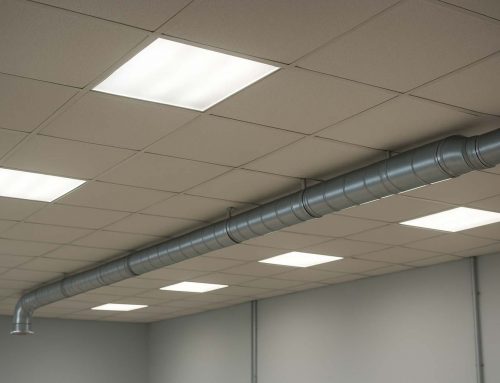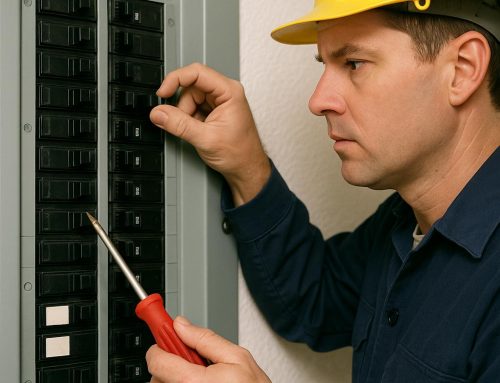When embarking on a new commercial building project, one of the most critical aspects is electrical wiring. Proper electrical design and installation are paramount to ensure safety, efficiency, and compliance with regulations. Let’s delve into the essential electrical details involved in wiring a new commercial building.
1. Electrical Planning and Design
Before any wiring work begins, meticulous planning and design are crucial. This involves collaborating with architects, engineers, and electrical contractors to create a comprehensive electrical plan. Factors such as building layout, intended use of spaces, power requirements, lighting needs, and safety codes must be considered during this phase.
2. Power Distribution Systems
A key consideration is the design of the power distribution system. This includes determining the location and capacity of electrical panels, circuit breakers, and distribution boards. The system must be designed to handle the anticipated electrical load of the building, ensuring sufficient power for all equipment and lighting.
3. Wiring and Cabling
The wiring and cabling infrastructure form the backbone of the electrical system. High-quality wires and cables are used to connect electrical outlets, lighting fixtures, HVAC systems, and other electrical components throughout the building. Proper installation techniques, including conduit placement and wire routing, are essential to prevent electrical hazards and ensure longevity.
4. Lighting Design
Lighting design is a critical aspect of commercial building wiring. Efficient and effective lighting solutions not only enhance visibility and productivity but also contribute to energy savings. LED lighting is a popular choice for its energy efficiency, durability, and flexibility in design. Lighting control systems may also be incorporated for automated and customizable lighting settings.
5. Safety Measures and Code Compliance
Safety is paramount in commercial electrical installations. Adhering to local building codes and electrical regulations is non-negotiable. This includes proper grounding, insulation, circuit protection, and emergency lighting installations. Regular inspections and testing are conducted to ensure electrical systems meet safety standards.
6. Integration of Smart Technologies
In modern commercial buildings, the integration of smart technologies is becoming increasingly prevalent. This may include smart lighting systems, energy management systems, building automation, and IoT devices. Wiring infrastructure must accommodate these technologies, allowing for seamless connectivity and control.
7. Future-Proofing
Lastly, future-proofing the electrical system is vital to accommodate potential expansions or upgrades in the future. This involves designing a scalable and adaptable electrical infrastructure that can support evolving technologies and increased electrical demands as the building grows.
In conclusion, wiring a new commercial building requires meticulous planning, expert design, and skilled installation. By focusing on these essential electrical details, businesses can ensure a safe, efficient, and technologically advanced workspace.
For expert commercial electrical services in Clifton Park, NY, trust Eric Gandler Development Electric. Contact us today for customized electrical solutions tailored to your project’s needs.
[Link to http://www.ericgandlercliftonparkny.com/]
#CommercialElectrical #NewBuildingWiring #ElectricalDetails #EricGandler #CliftonParkNY #WiringDesign #SmartTechnologies #SafetyCompliance






